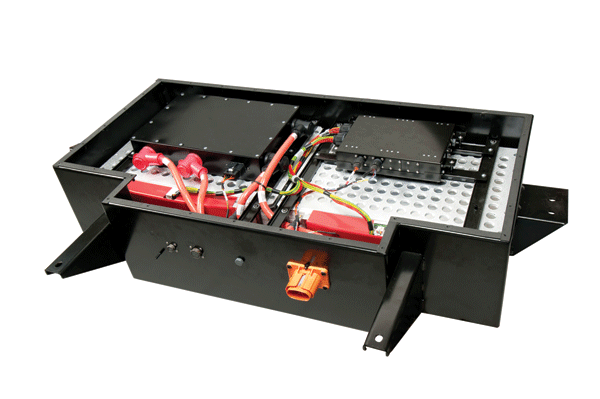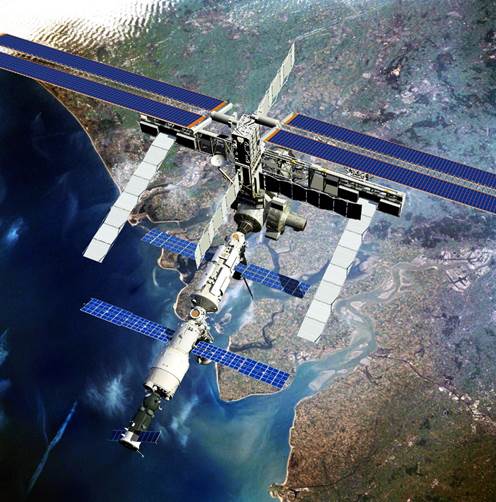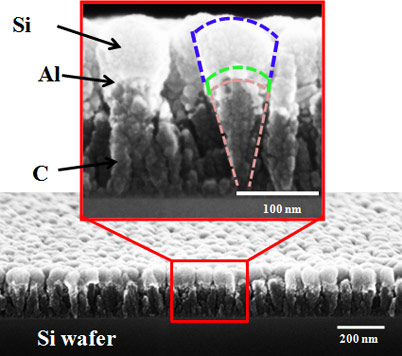Stuart Paterson, Doug Withers, Rebecca Trengove, Axeon
Over the last few years lithium-ion has become the battery chemistry of choice for the new generation of electric, hybrid and plug-in hybrid vehicles. However, manufacturing such high power batteries is considerably more complex than that of smaller packs. This article seeks to outline some of the challenges that we believe face the industry, based on our experience both as a designer and manufacturer of electric vehicle (EV) batteries and having managed the manufacture and complete system integration of batteries for several customers to their design. Read more about The Challenges of Manufacturing Lithium-Ion Batteries for the Electric Vehicle Industry …










